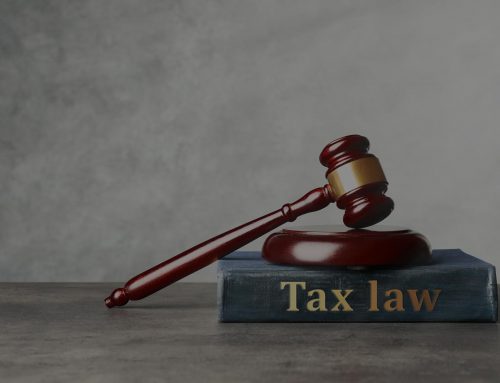Taxpayer a Resident of Canada or Netherlands?
Landbouwbedrijf Backx B.V. v. The Queen 2018 TCC 142
Summary: In this Tax Court decision, Justice Smith was asked to determine the residency of the Appellant, a company originating in the Netherlands but with its de facto control seemingly in Canada. Justice Smith applied the common law test of central management and control to find that the Appellant was a resident of Canada and therefore liable to part I tax.
The Appellant (“LBBV”) was a company incorporated under the laws of the Kingdom of Netherlands. LBBV was assessed a capital gain stemming from the disposition of a partnership interest in a dairy-farm operation located in Ontario. The main issue on appeal was whether LBBV could be considered a resident of Canada for tax purposes in 2009 and therefore liable to pay Part I tax on the capital gain arising from the disposition of its partnership interest in that farm.
LBBV was incorporated in 1997 by Michiel Backx and Marian Backx (the “Backxes”) who were spouses of one another and residents of the Netherlands. The Backxes immigrated to Canada in 1998. Before moving to Canada, the Backxes resigned as directors of LBBV and appointed a family member resident in the Netherlands as director of LBBV. The Backxes remained as shareholders.
Upon arriving to Canada, the Backxes purchased a dairy‑farm in Ontario. The transaction was structured such that the Backxes personally owned a 51% interest and LBBV owned the remaining 49% interest. From 1998 to the 2009 taxation year, LBBV filed tax returns as a non-resident and paid taxes on its share of the income.
In 2009, the Backxes incorporated “Backx Dairy Farms Limited (“Backx Limited”). They transferred their 51% interest in the farm to Backx Limited. Shortly thereafter LBBV also disposed of its interest in the farm to Backx Limited. Following the closing, Backx Limited wrote to the Minister to disclose the transaction pursuant to subsection 116(5.02) of the Act and its position that the partnership interest was “treaty‑protected property” pursuant to subsection 116(6.1) of the Act. In issuing the assessment, the Minister took the position that the partnership interest was not “treaty‑protected property” and proceeded to assess LBBV under Part I (and Part XIV) of the Act.
LBBV argued that it is was resident of the Netherlands based on the common law rule that a corporation’s residence is to be determined on the basis of the location of its central management and control. Therefore, it was not liable to Part I tax. To support this position, LBBV argued that it was incorporated in the Netherlands, the sole director was resident in the Netherlands, its bank accounts were in the Netherlands and it filed as a non-resident in Canada for years.
The Minister’s position was that LBBV was a resident of Canada because its central management and control was located in Canada. Notwithstanding LBBV being registered and incorporated in the Netherlands, it was actually managed and controlled by the Backxes in Canada. Furthermore, the sole director in the Netherlands (Mrs. Backxes’ sister), was only performing administrative tasks and was not able to do anything material without the input of the Backxes in Canada.
Justice Smith acknowledged that the relevant common law test was to determine the ‘central management and control’ of the entity to determine residency. Usually, central management and control will be found where the board of directors are. But in this case, the director, although resident in Netherlands, was not performing the actual directorial duties of LBBV. Her remuneration was nominal. She paid bills and executed and delivered financial documents to advisors pursuant to explicit instructions form the Backxes in Canada. Ultimately, the evidence was that she was a mere nominee of the Backxes. Therefore, the real decision-making occurred in Canada. Justice Smith found that LBBV was a resident of Canada since the Backxes were the central management and control, and they were in Canada. This resulted in LBBV being subject to part I tax.




